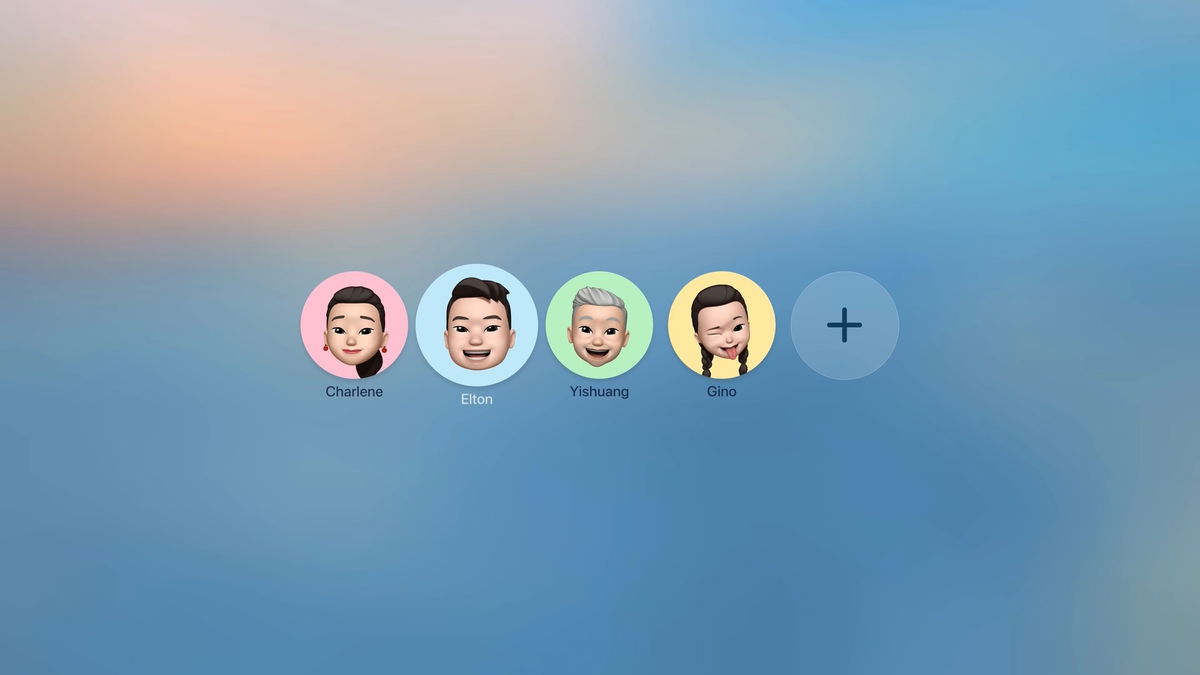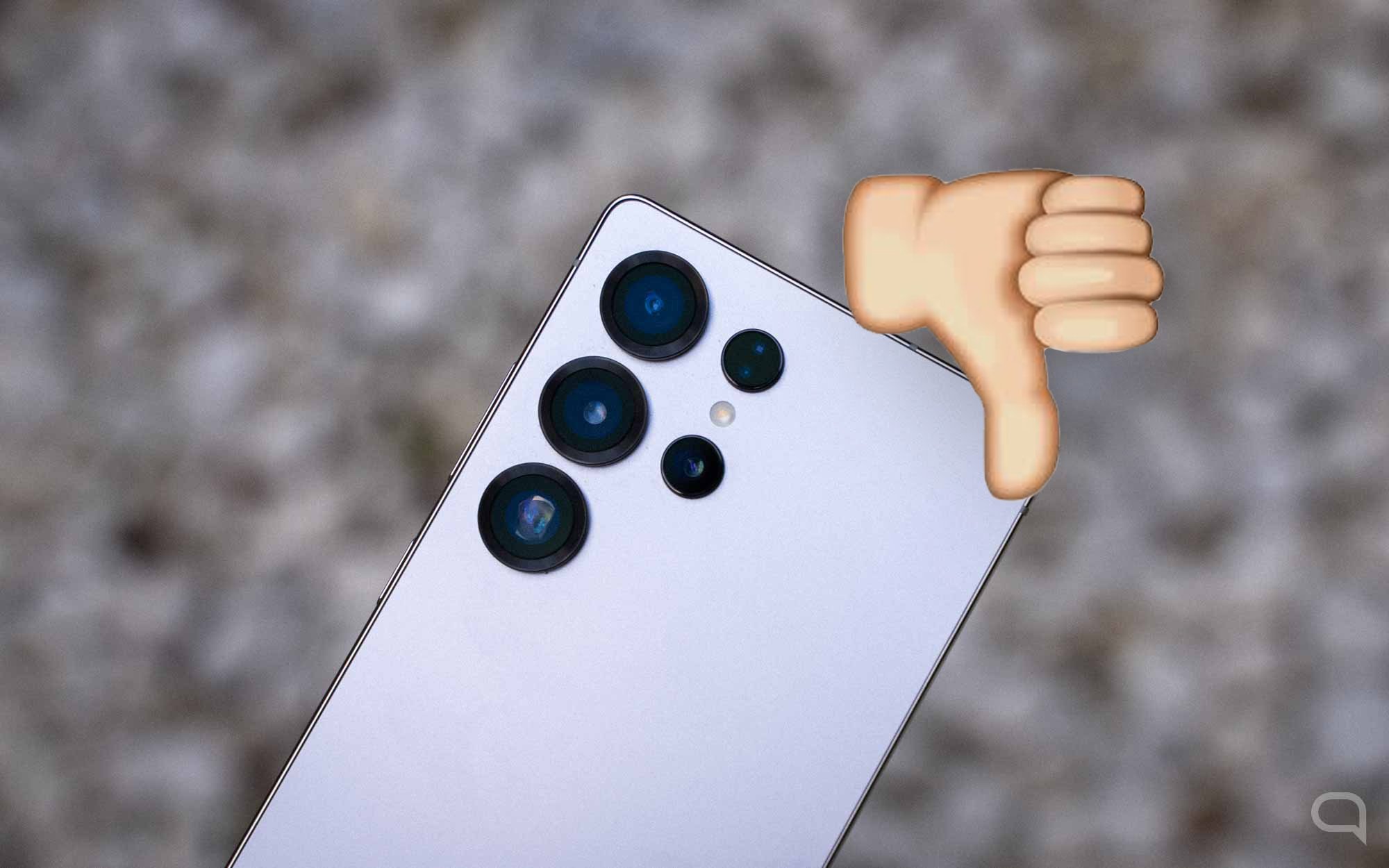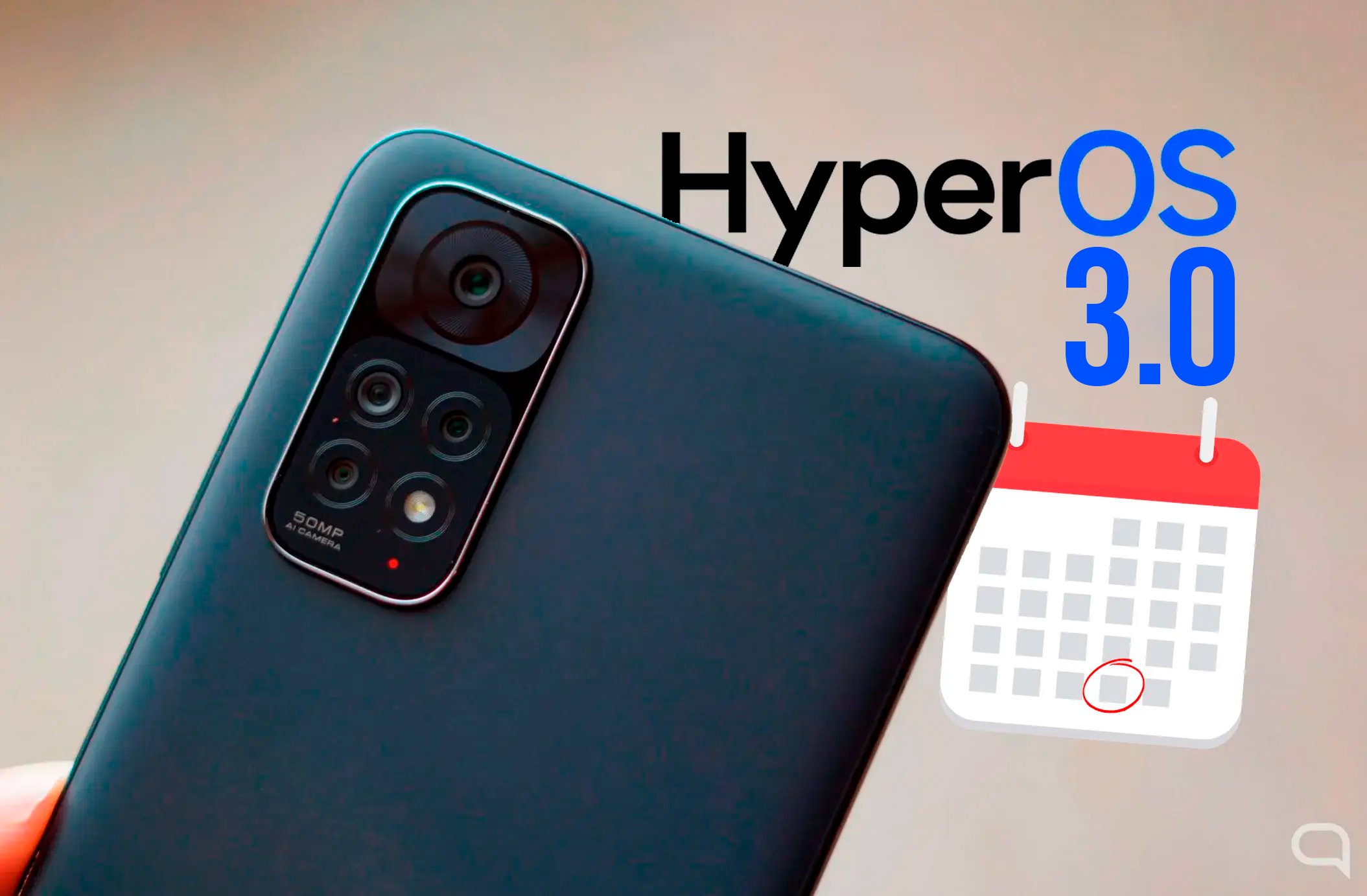It seems the honeymoon is over. Social media is starting to fill with people claiming that after a few hours or days of use they are starting to pay back VisionPro from Apple. This isn’t exactly a coincidence: in the US, the company offers 14-day returns, and that’s now.
Dizziness, headaches, discomfort after several hours of use – the three main problems that devices of this type have faced over the years – are repeated with the Vision Pro. But is Apple really seeing a wave of returns? What can put a product launch in trouble?
This is yet another example of how bias—in this case against Apple—causes individual negative experiences to be elevated to the general level, and the conversation ends with “Vision Pros Fail.” Although there is no evidence to support this claim.
This is what has happened with every new Apple product released over the past three decades. From iPhone, iPad, Apple Watch or accessories such as AirPods. They tend to be revolutionary devices that have changed the technological landscape and even changed some social behaviors. But for weeks, the talk surrounding the iPhone’s 2007 launch focused more on its failure, its comebacks, problems and limitations, rather than how revolutionary it was.
Yes, VisionPro They face many more problems than the iPhone. This is a much more complex device, with more serious consequences and a much higher price. But even if we see hundreds of people on social networks returning them, we must not forget that there are tens or hundreds of thousands of sales behind them.
The reality is that the Vision Pro faces the same problems that VR headsets have failed to solve.
Vision Pro is not a “virtual reality headset”, no doubt there are many more. Apple isn’t exaggerating when it calls them a computer or a space computer. They are 100% independent from other devices and have an extremely powerful operating system. But ultimately – in this first version – they have a form that puts them in the same place as other virtual reality devices, with their associated problems.
The first, without a doubt, is weight. When you first hold the Vision Pros in your hand and place them on your face, you’re surprised at how little they weigh. This is partly due to the fact that the battery comes separately. But after an hour or more of use, the sensations change a little, and heaviness begins to be felt in the bridge of the nose. I’m sure this is the one Apple’s main task with future versions of the device: make them lighter and smaller.
There is also the sensation of dizziness that many people experience when using Vision Pro or virtual reality glasses. Swelling of the eyes has even been reported. This is not a common situation, but it happens to a certain percentage of people and I don’t know how Apple will try to solve it.
Finally, the challenge is to make Vision Pro truly useful. Not just to consume content in three dimensions or open dozens of windows in a mixed reality space. Additionally, for a device to be very popular among consumers, it encourages developers to start creating increasingly complex applications that actually take advantage of the device, and these efforts generate profits.
At the moment it is too early to judge the success or failure of Vision Pro, we will be able to talk about this in a couple of years. What I can say with complete confidence is that all the people who try them for the first time are simply surprised.
Source: Hiper Textual
I’m Ben Stock, a highly experienced and passionate journalist with a career in the news industry spanning more than 10 years. I specialize in writing content for websites, including researching and interviewing sources to produce engaging articles. My current role is as an author at Gadget Onus, where I mainly cover the mobile section.














